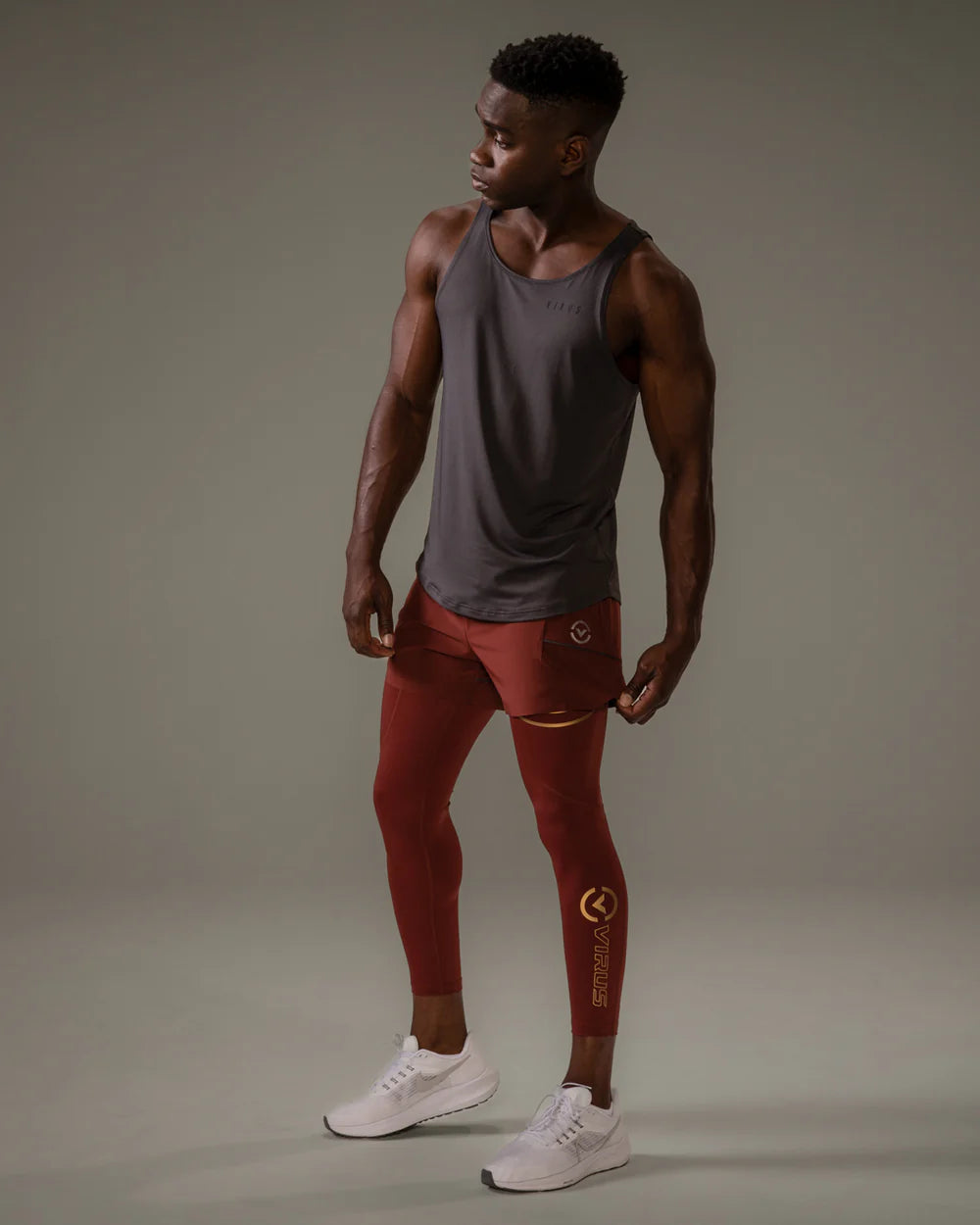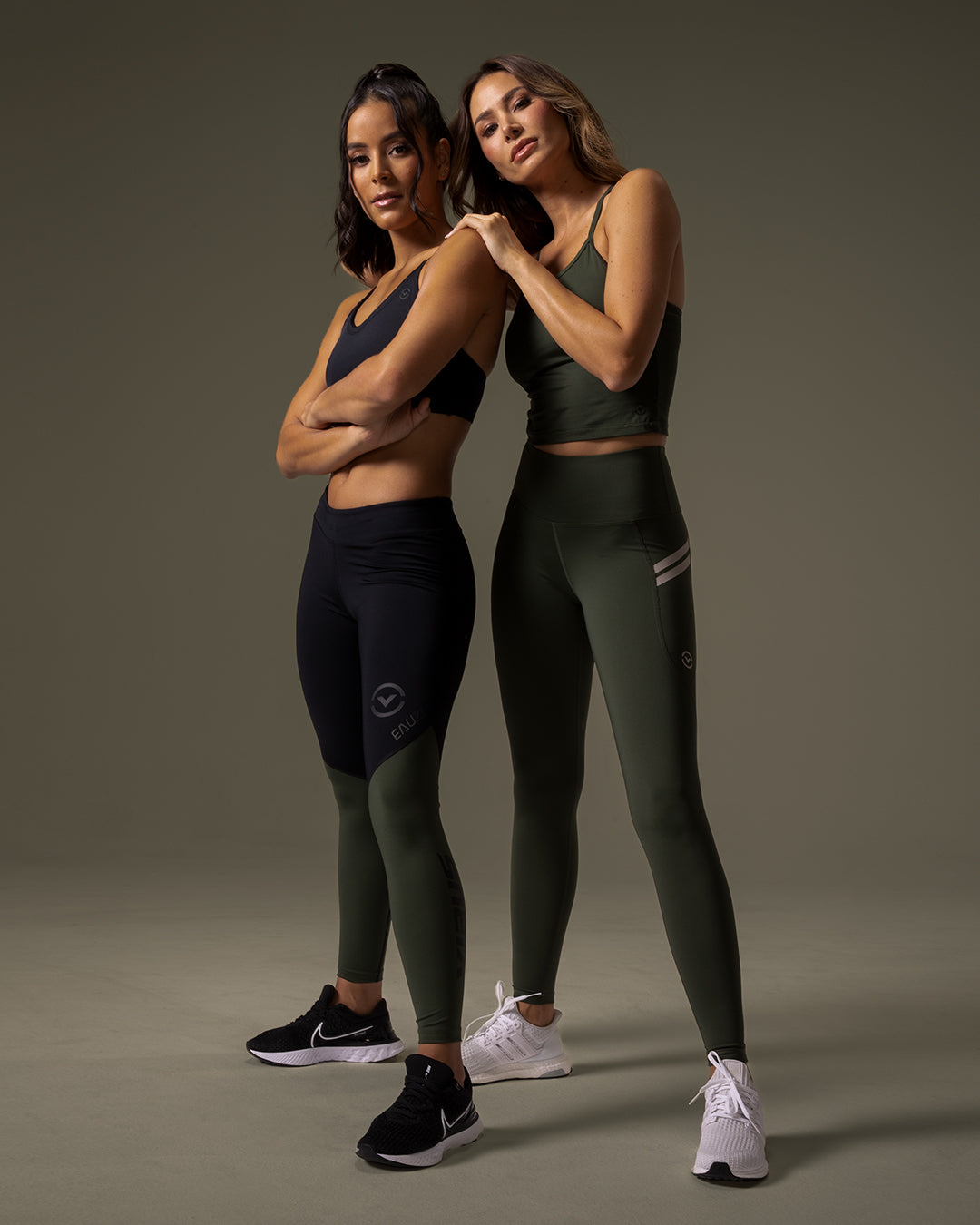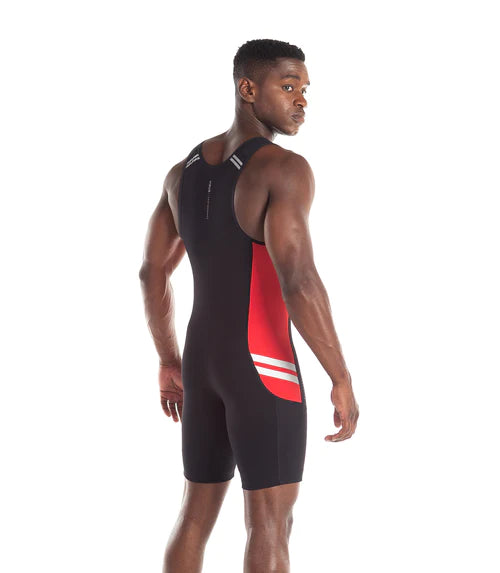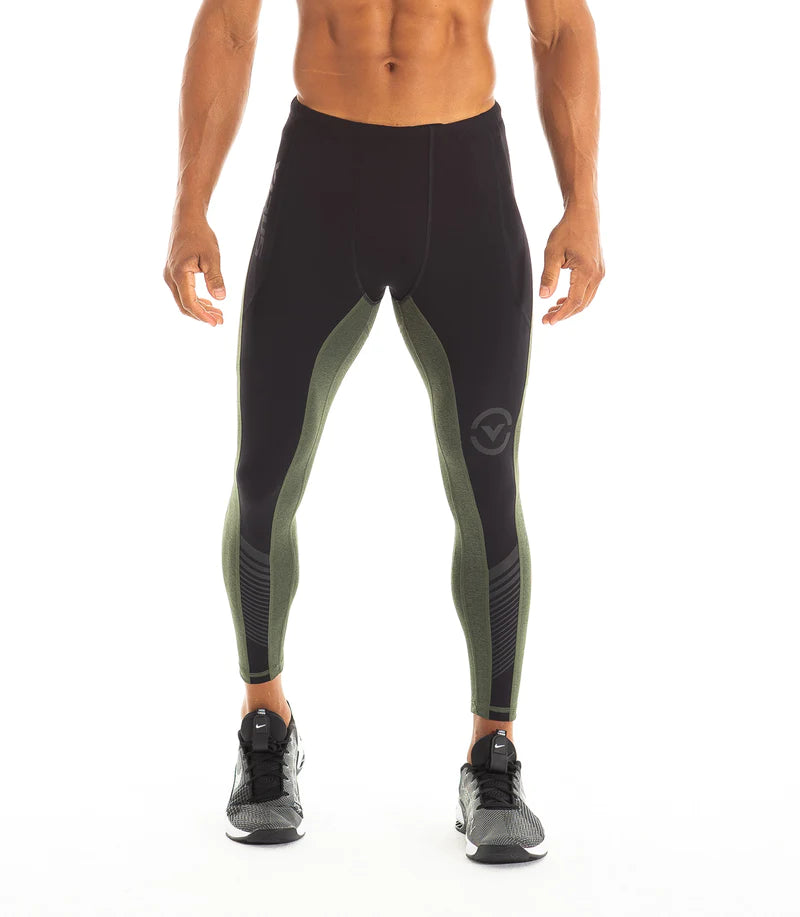Weightlifting is a sport that requires strength, technique, and precision. Athletes are constantly looking for ways to improve their performance and gain an edge over their competitors. One piece of equipment that has gained popularity in recent years is the weightlifting singlet. But does wearing a singlet actually help you lift more? Let's explore the science behind it.
The Versatility of Weightlifting Singlets
Weightlifting singlets have become a staple in the world of strength sports, and their popularity is not without reason. These garments offer a unique blend of versatility, combining form-fitting design with a range of benefits that transcend mere aesthetics. The snug yet flexible fit of weightlifting singlets serves a dual purpose, providing athletes with both comfort and functionality.
In the realm of weightlifting, where precision and range of motion are paramount, the versatility of these singlets becomes apparent. The streamlined silhouette reduces excess fabric, eliminating any hindrance during lifts. Athletes experience unrestricted movement, allowing for a full range of motion that is crucial for executing complex and demanding lifts with finesse.
Moreover, the versatility of weightlifting singlets extends beyond the physical realm. The distinctive design of these garments contributes to a sense of identity and unity among athletes. The uniform appearance creates a visually cohesive and competitive atmosphere during weightlifting events. This communal aspect adds to the overall experience of being part of a sport that values not only individual strength but also a collective spirit.
Go shopping
The Science Behind Weightlifting Singlets
Delving into the science behind weightlifting singlets reveals a fascinating interplay of factors that contribute to their impact on performance. At the forefront is the concept of muscle compression, a feature inherent in the design of these garments. The snug fit applies gentle pressure to specific muscle groups, enhancing blood circulation and oxygen delivery. This, in turn, reduces muscle fatigue during extended training sessions, allowing athletes to sustain peak performance.
Temperature regulation is another key aspect of the science behind weightlifting singlets. Crafted from breathable and moisture-wicking materials, these singlets facilitate the dissipation of excess heat and moisture. This not only prevents overheating but also ensures a comfortable lifting environment, promoting focus and endurance.
Understanding the psychological factors at play adds another layer to the science of weightlifting singlets. The distinct design and association with the sport contribute to an athlete's sense of identity and purpose. The psychological boost derived from wearing specialized gear can positively impact confidence and concentration, ultimately influencing lifting performance.
Achieving Precision and Control with a Weightlifting Singlet
The form-fitting nature of weightlifting singlets goes beyond aesthetics; it plays a crucial role in enhancing an athlete's precision and control during lifts. The snug and secure fit of the singlet contributes to improved body awareness and proprioception.
Body awareness refers to an athlete's understanding of the position and movement of their body in space. The tight fit of the singlet creates a sensory feedback loop, allowing lifters to have a heightened awareness of their body's positioning throughout each phase of a lift. This increased awareness translates to more precise and controlled movements, reducing the likelihood of form breakdown and enhancing overall performance.
Proprioception, on the other hand, is the body's ability to sense its position, movement, and spatial orientation. The proprioceptive feedback facilitated by the weightlifting singlet enables lifters to have a better sense of where their body is in space. This heightened proprioception contributes to improved coordination, balance, and movement control, all of which are critical elements in weightlifting.
In essence, the form-fitting design of weightlifting singlets acts as a supportive layer, enhancing the lifter's connection with their body and creating an environment conducive to optimal performance. The synergy between the athlete and the singlet fosters a level of precision and control that can make a significant difference, especially when dealing with heavy loads and intricate lifting techniques.
Go shopping
Beyond Style: Compliance with Weightlifting Singlet Regulations
In the world of competitive weightlifting, adherence to rules and regulations is non-negotiable. The International Weightlifting Federation (IWF) has established specific guidelines regarding the design and specifications of weightlifting singlets to ensure a level playing field.
One crucial aspect of compliance is the singlet's visual presentation. According to IWF rules, weightlifting singlets must be of a single color and free from logos or designs. This standardization serves multiple purposes. Firstly, it creates a uniform and professional aesthetic during competitions, allowing the focus to remain on the athletes and their lifts. Secondly, it prevents any external factors, such as branded designs, from influencing the competition or creating biases.
Beyond the visual aspects, the IWF has set standards for the length and fit of weightlifting singlets. These regulations aim to maintain consistency and fairness among athletes, ensuring that the singlet does not confer any undue advantages or disadvantages.
Compliance with these regulations is not merely a formality; it is a prerequisite for participating in official competitions. Athletes must carefully select weightlifting singlets that meet the specified criteria to avoid any risk of disqualification. This emphasis on adherence to regulations underscores the commitment of the weightlifting community to fair and standardized competition.
Weightlifting Singlets and Athlete Confidence
The impact of weightlifting singlets extends beyond their tangible benefits, reaching into the realm of athlete confidence. The act of donning a weightlifting singlet is not merely a matter of dressing; it is a psychological ritual that can significantly influence an athlete's mindset and performance.
The psychological benefits of weightlifting singlets are rooted in the sense of identity and purpose they provide. The distinctive design and association with the sport create a visual representation of commitment and belonging. Athletes wearing weightlifting singlets are not just individuals; they are part of a community that values strength, discipline, and perseverance.
This sense of identity contributes to an athlete's confidence on multiple levels. Firstly, it instills a belief in the athlete's capabilities and belonging to a community of like-minded individuals. This belief, in turn, translates into increased self-confidence, a vital factor in sports performance.
The psychological boost derived from wearing specialized gear can positively impact focus and concentration. The singlet becomes a symbolic uniform, signaling to the athlete that they are entering a space where they are expected to perform at their best. This mental preparation and focus contribute to a state of flow, where the athlete is fully immersed in the lifting experience, free from distractions or self-doubt.
In essence, weightlifting singlets serve as more than functional garments; they are psychological tools that empower athletes and enhance their mental readiness for the challenges of competitive weightlifting. The confidence gained from wearing a weightlifting singlet can be the intangible factor that makes the crucial difference in a successful lift.
Go shopping
Q&A
Q: Do weightlifting singlets improve strength directly?
A: While weightlifting singlets may not directly enhance physical strength, their snug fit, compression benefits, and psychological impact can contribute to overall performance improvements. The enhanced range of motion and precision they offer can indirectly contribute to lifting success.
Q: What materials are weightlifting singlets made of?
A: Weightlifting singlets are typically crafted from a blend of materials such as nylon and spandex. This combination provides the necessary stretch, flexibility, and breathability required for athletes during weightlifting competitions.
Q: Are weightlifting singlets mandatory in competitions?
A: Yes, weightlifting singlets are often mandatory in official competitions. Adherence to specific regulations, including one-color designs with no logos, is crucial to avoid disqualification and ensure fair competition among athletes. The singlet's role goes beyond aesthetics, contributing to the standardized and professional presentation of athletes on the platform.









Leave a comment
This site is protected by hCaptcha and the hCaptcha Privacy Policy and Terms of Service apply.